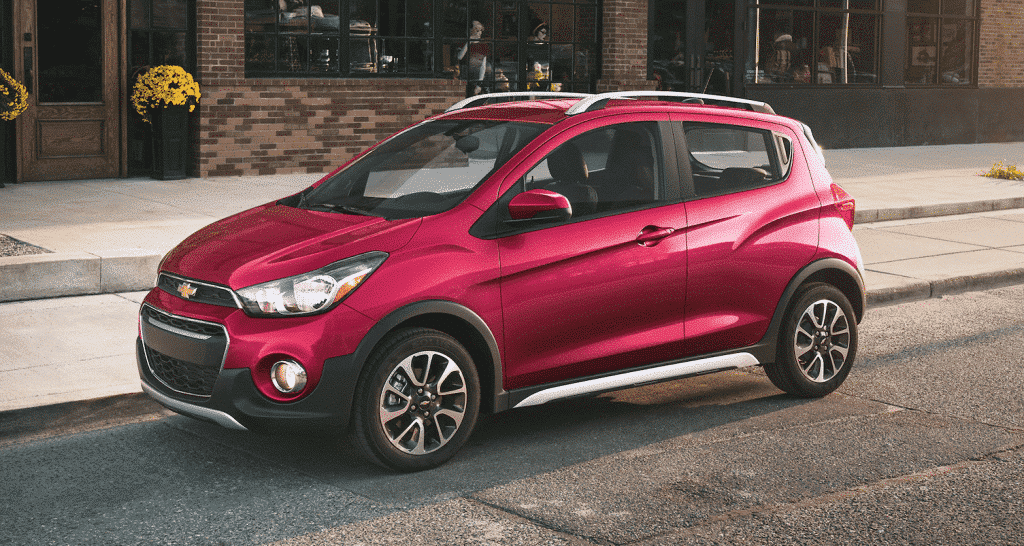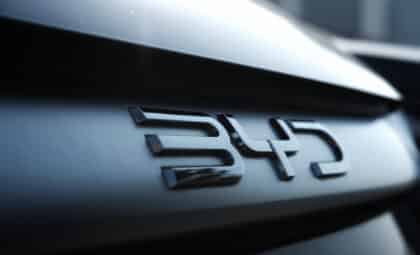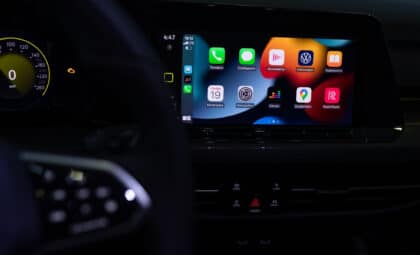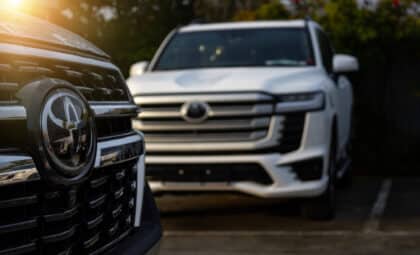This article is sponsored by Drive.com.au.

The car color you choose is usually a rather personal preference, with some going for jazzy and bright and others opting for classic shades like black, silver, and white. A person’s age and gender do factor into the choice of color for the car they own. But did you ever stop to wonder whether the color you pick for your car has any impact on the safety, in terms of driving, visibility, and chance of the car being stolen?
Maybe you’ve heard of the myth of red cars being more likely to be pulled over by the cops, or the owner of a red car having to pay more car insurance. Or you have been told that it is a bad idea to own a certain color of car because it will make you drive faster and be less safe.
Dark-colored cars are more accident-prone
Does the color of car you drive really influence how safe you are on the road? Insurance companies all across the world have completed surveys on this very question. The general consensus, across state and country lines, is yes, some colors of cars do find themselves in more accidents than others.
Dark-colored cars are more accident-prone, and statistics show that dark-hued vehicles are in more collisions than any other cars. Why this phenomenon happens is rather simple, actually. Dark-colored cars, namely those in grey, charcoal, black, and midnight blues, as well as very dark greens, purples, and browns, are harder to see on the road, especially after dark and in rainy or stormy conditions, making them more likely to be involved in accidents.
Other problematic shades and tones for cars
While dark colors on cars are shown to be the most likely to be involved in an accident, there are other tones that you should think twice about too. These include metallic hues since they tend to reflect light more and can blind oncoming traffic. If you live in a very wet and rainy area, or an area where there is a heavy winter with snowfall, keep this in mind when choosing a color for your car. Silver cars can be more dangerous as can champagne-like colors.
White cars are the most popular choice
White is the most common car color across the world, and they win the popularity vote, percentage-wise. Not just in terms of numbers, but across gender and age demographics too. In Australia, recent research showed that 30 percent of Australians pick a shade of white when buying a car. And why is this?
Well, for one, white is a classic color and every make and model of car looks good with a white paint job. For another, white cars rank high in terms of safety and get into fewer car accidents than cars of other hues. Their high visibility in all conditions across day and night is a definite reason to choose a white car. In addition, white-colored cars tend to have a higher resale value, an often important consideration for buyers. Also, white is the shade most offered by car manufacturers. Beige shades are also very popular choices of color amongst the older generation of car owners.
Some quirky colors make good choices too
For those who want to be safe but still want their choice of car color to reflect their personality and preferences, there are some quirkier, brighter hues out there that have been deemed safe and good choices.
Topping the list are brighter greens and yellows, followed by oranges. Pink cars do well too. Yellow is a top choice due to its inherent visibility – a reason you’ll find so many yellow taxicabs across the world.
Car color doesn’t affect your insurance rates either. That depends on your location as well as your personal driving experience and record, not whether your car is red, white, or black. But car color does influence safety on the road and for those for whom this is a paramount concern, light and bright beats dark and sparkly. Aside from these factors, at the end of the day your taste and make and model of the car you wish to drive will factor into your choice.









